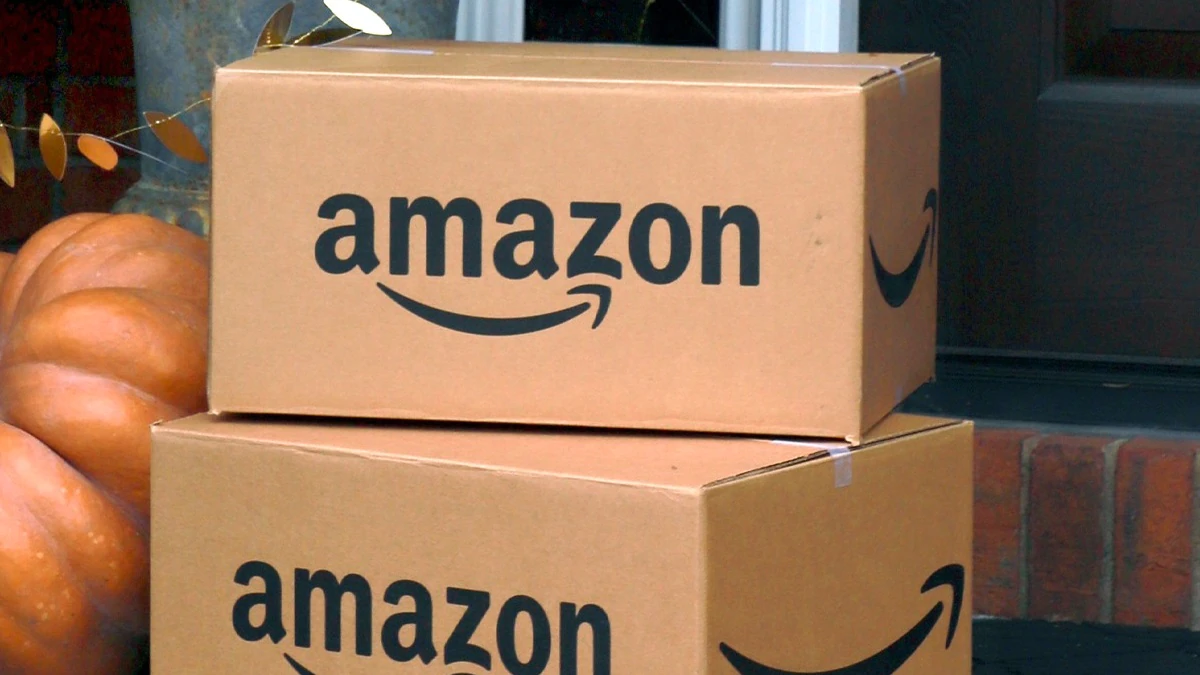Amazon is raising fees on third-party sellers again — this time adding a holiday fee for merchants who use the company’s fulfillment services to pack and ship items to customers.
From October 15 to January 14, sellers will be charged an average of $0.35 (roughly Rs. 20) per item sold using Amazon’s fulfillment services in the US and Canada, according to a notice the company sent to merchants on Tuesday.
This is the second fee hike the online retail behemoth has imposed on merchants. In April, the company added a 5 percent “fuel and inflation” surcharge to compensate for rising gas prices and inflation, which is near the highest level in four decades.
To use Amazon’s fulfillment service, merchants have to pay an upfront fee that varies depending on the size, weight or category of the item.
In a notice sent Tuesday, Amazon noted that the holiday season increases fulfillment and logistics costs that drive shipments. The company said it absorbed these cost increases earlier. But seasonal costs are now “reaching new heights,” it said.
“Our sales partners are incredibly important to us and this is not a decision we take lightly,” the company said.
CNBC first reported the fee hike.
Holiday price adjustments aren’t new for Amazon. Last week, the US Postal Service said it had filed a notice to implement temporary rate increases to cover additional handling costs during the holiday season.
But at Amazon, seller fees — and their frequent increases — are a point of contention because the company controls a large share of the e-commerce market. Critics argue that the company’s exorbitant fees could lock merchants out of its market.
“Corporations that have monopolies raise prices, and that’s what we’re seeing here,” said Stacey Mitchell, an Amazon critic and co-director of the local anti-monopoly group Institute for Self-Reliance. “Amazon’s dominance of the online market means that small businesses have no choice but to pay.”
Last month, Amazon Chief Financial Officer Brian Olsavsky said during a media call that third-party sellers represented 57 percent of the total units sold on Amazon in the three months ended June 30, the highest in the company’s history.
In the Seattle-based company’s second-quarter earnings report, total revenue Amazon collected from third-party sellers jumped 13 percent from a year earlier, while revenue from its own retail business fell 4 percent.












